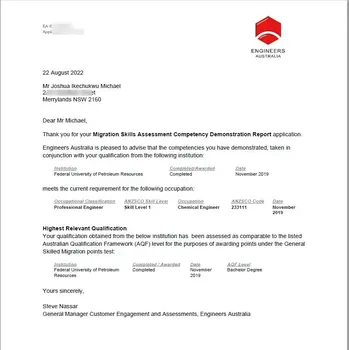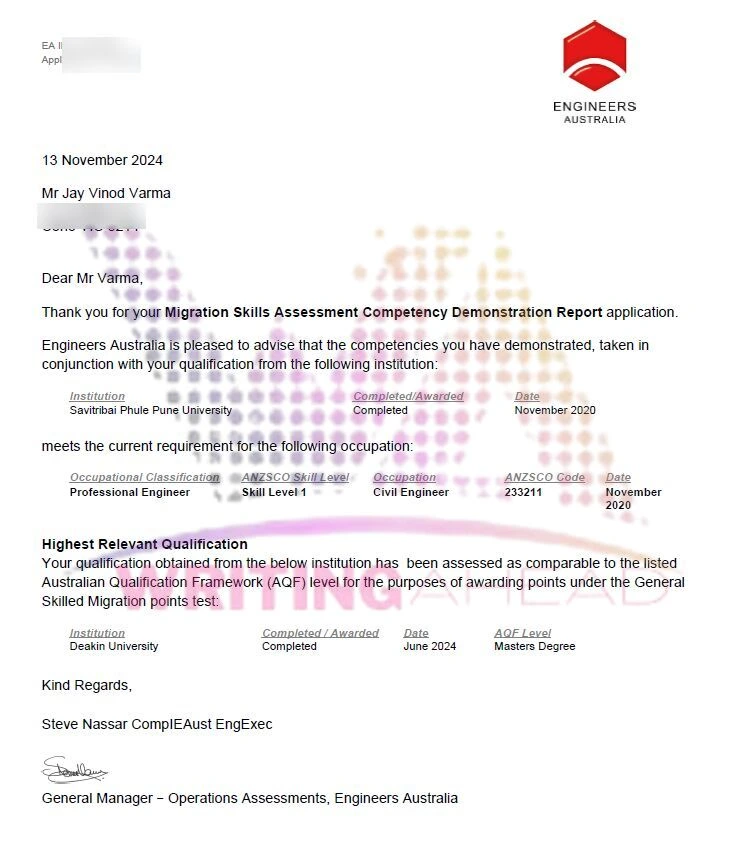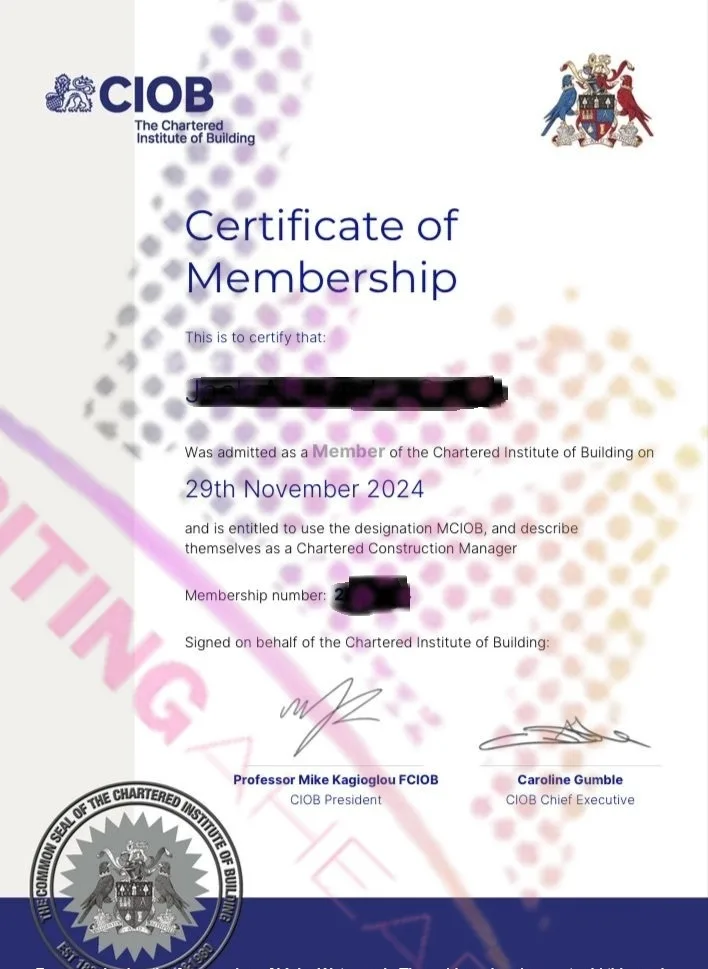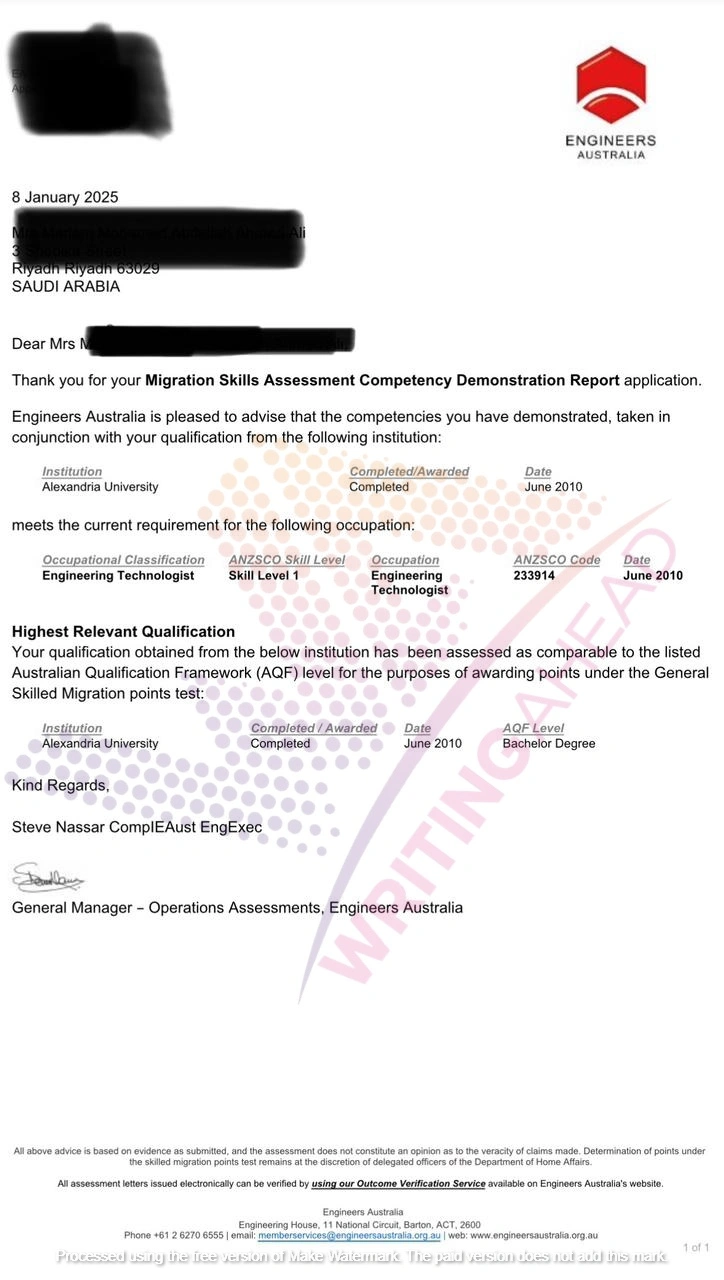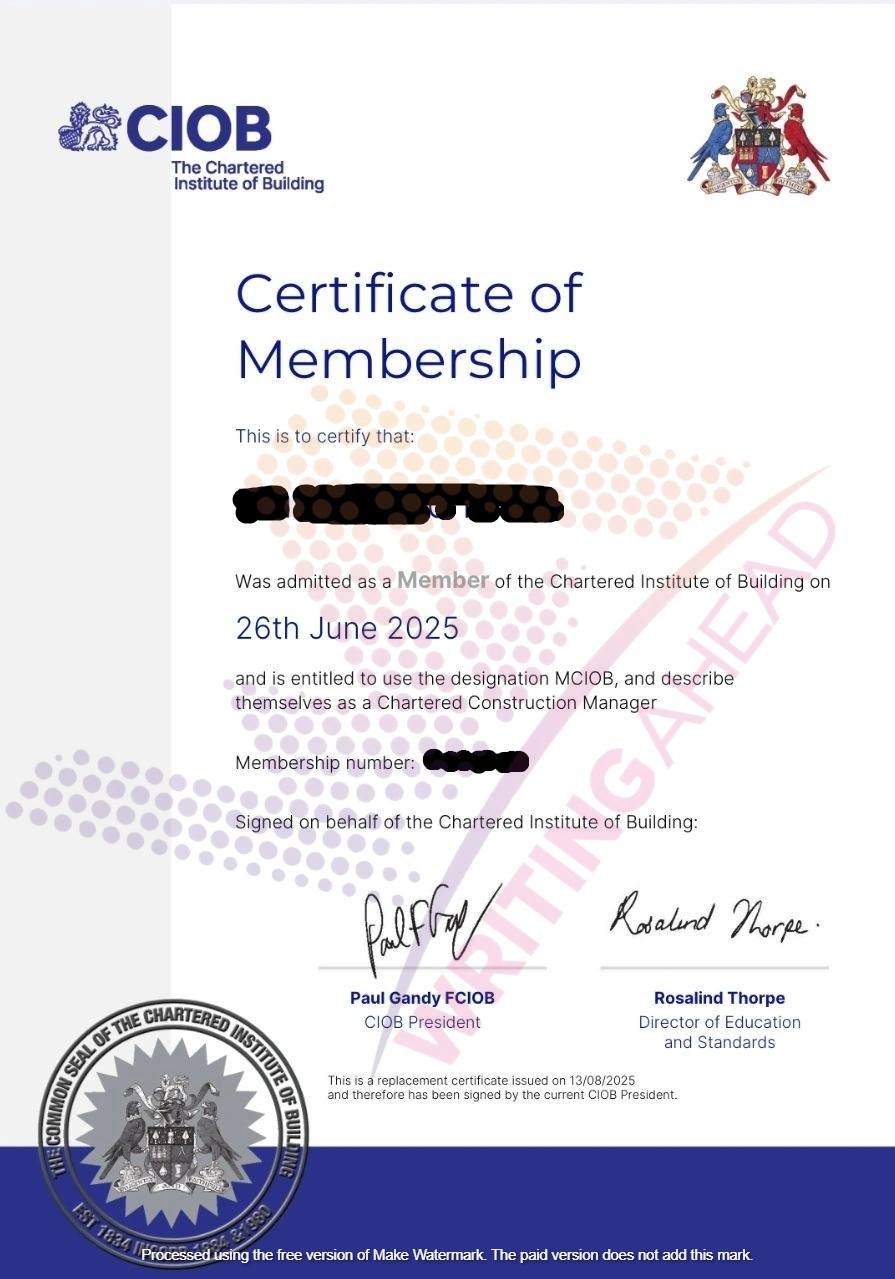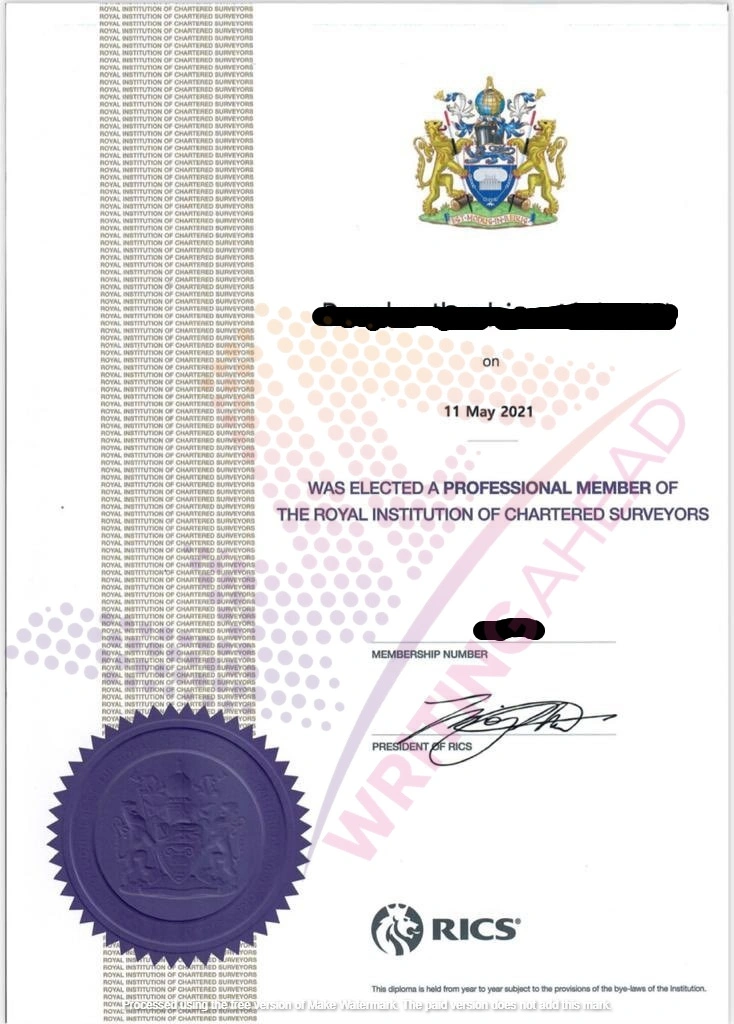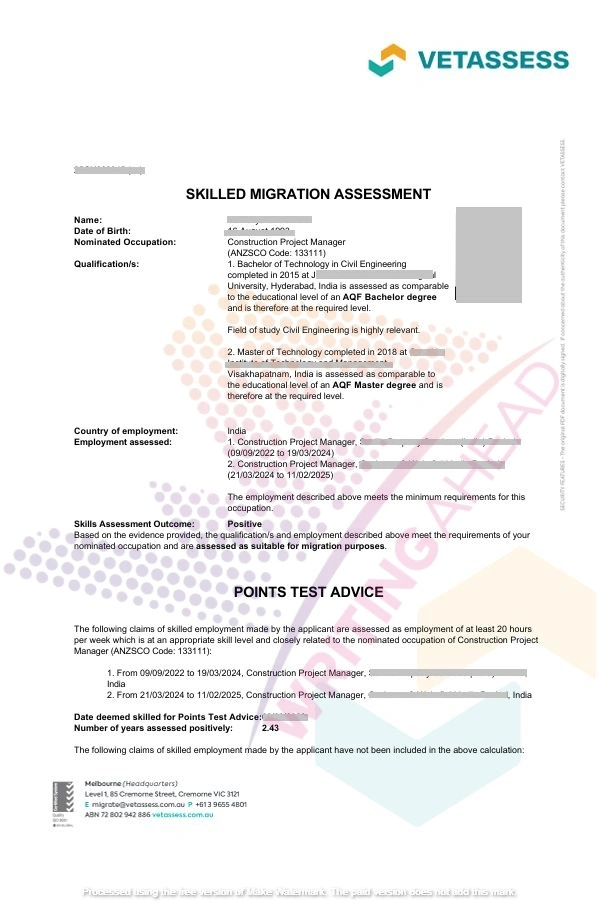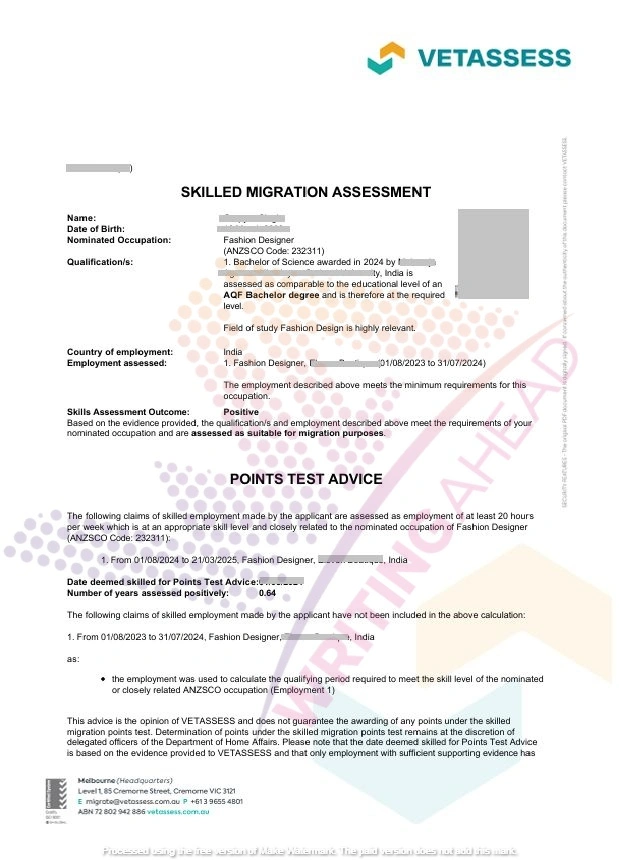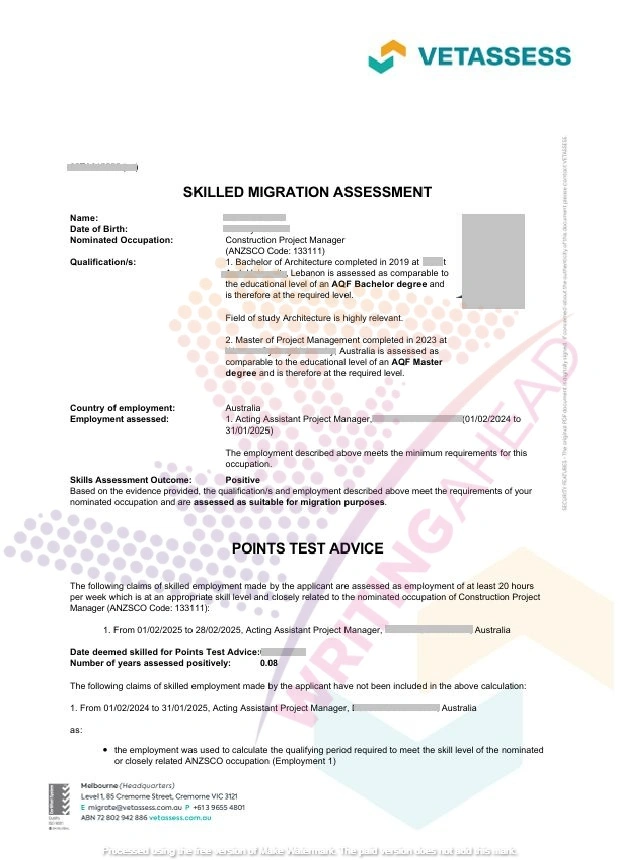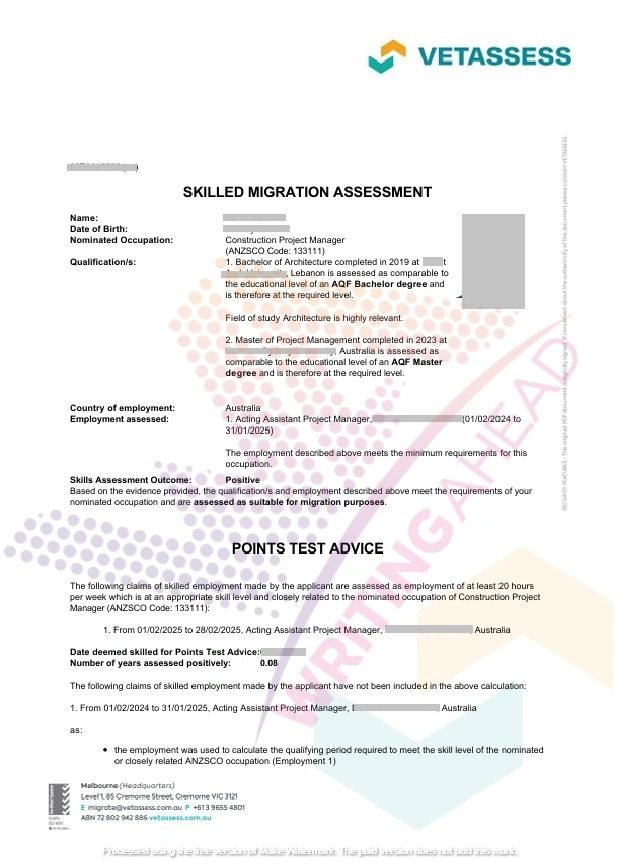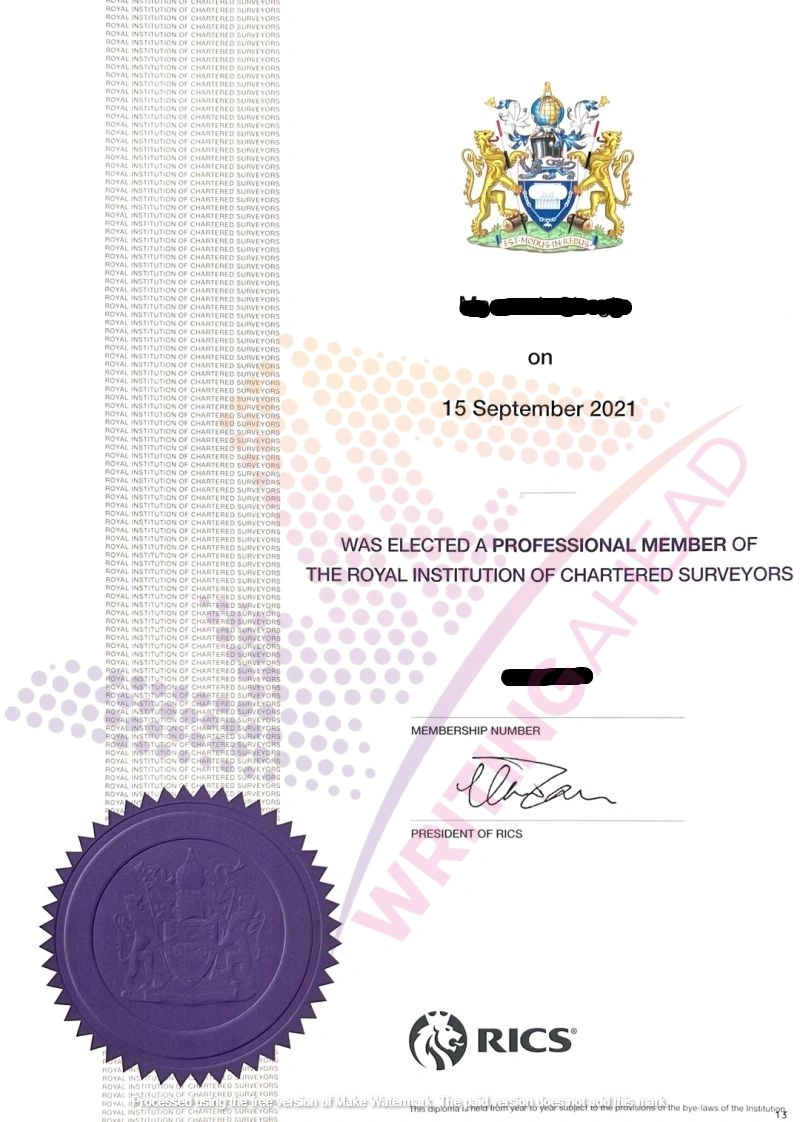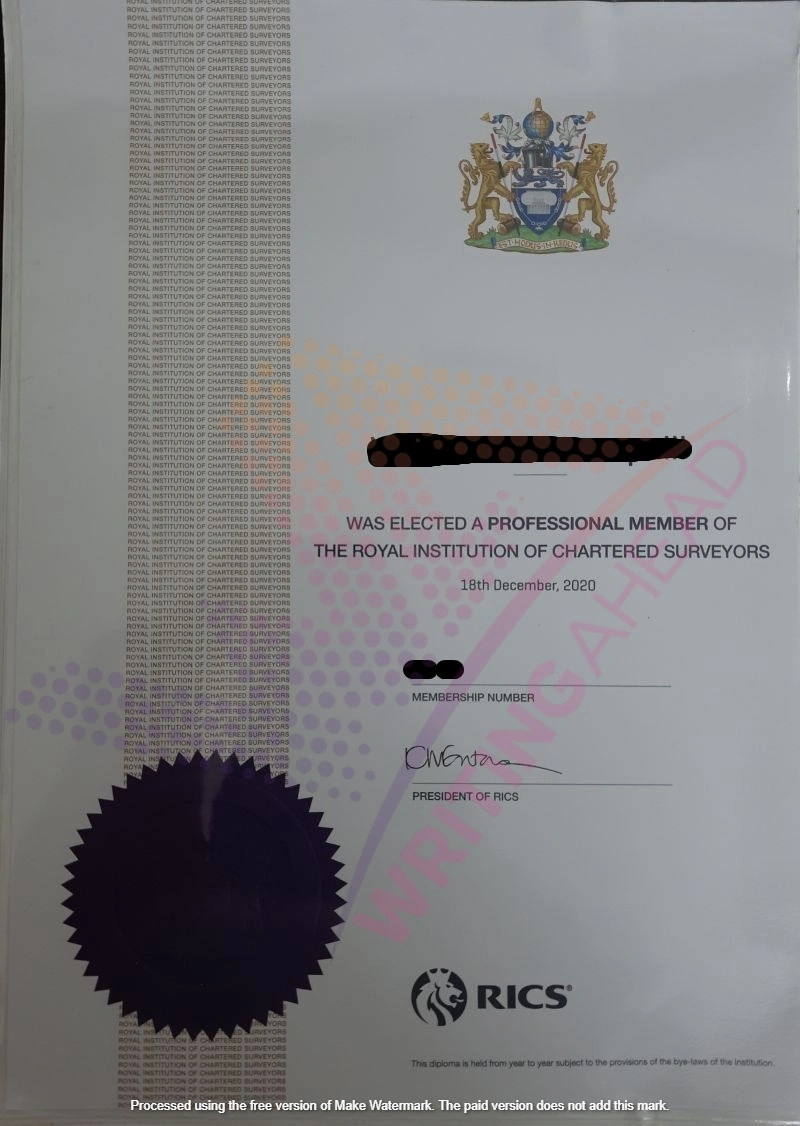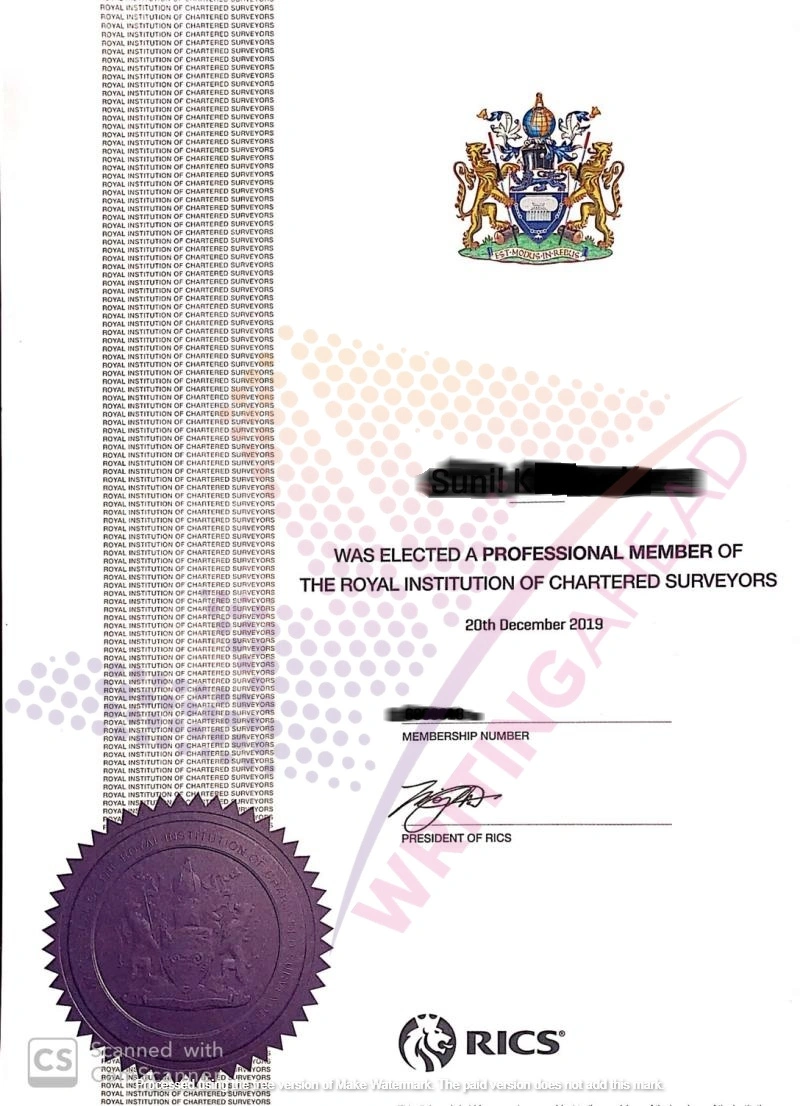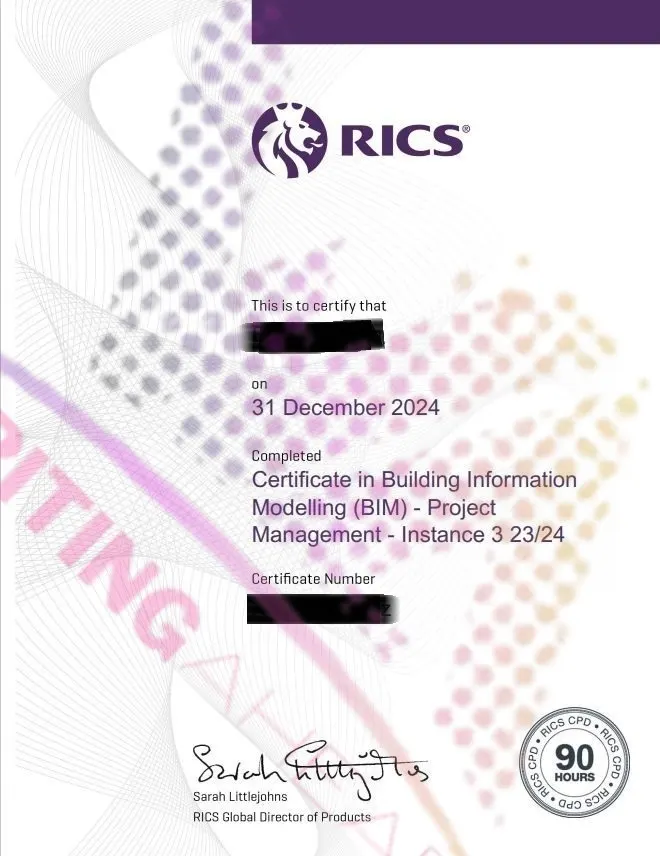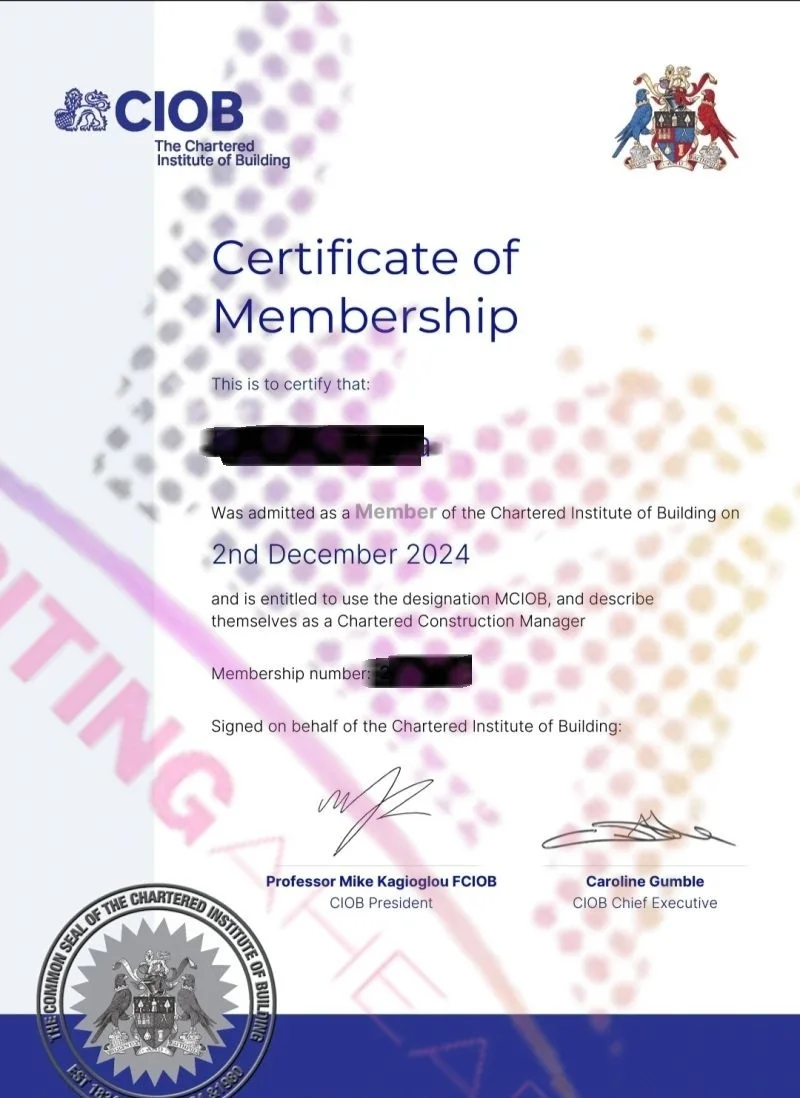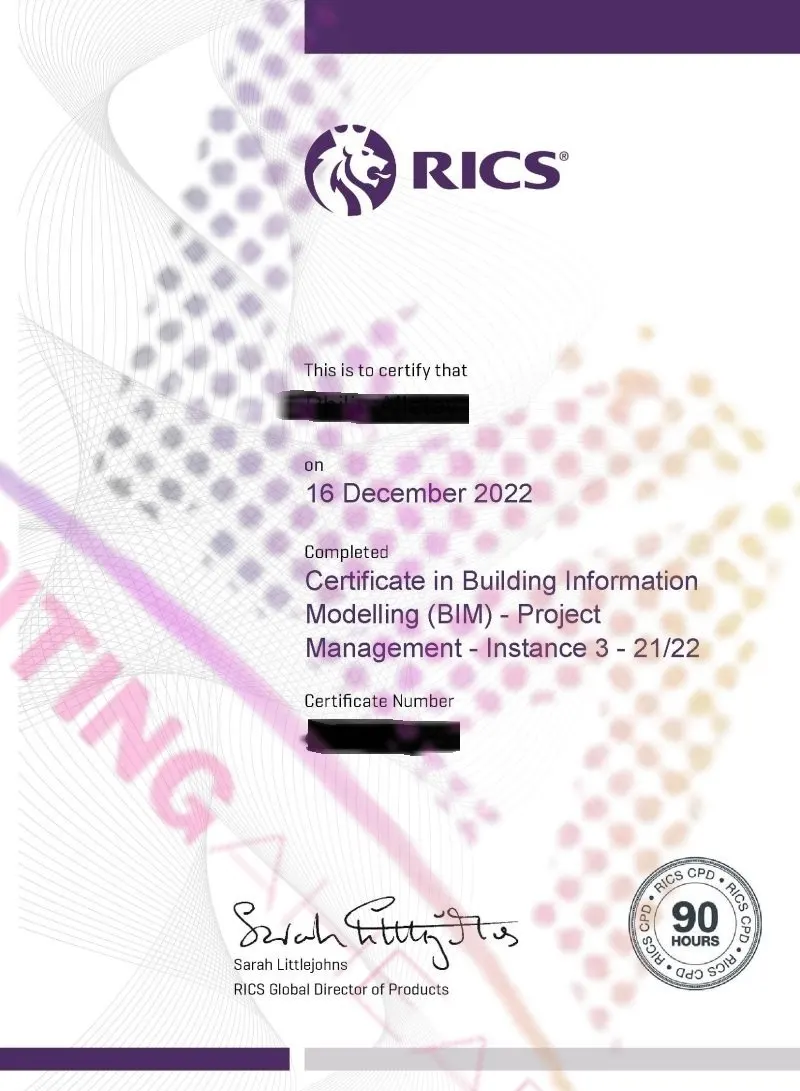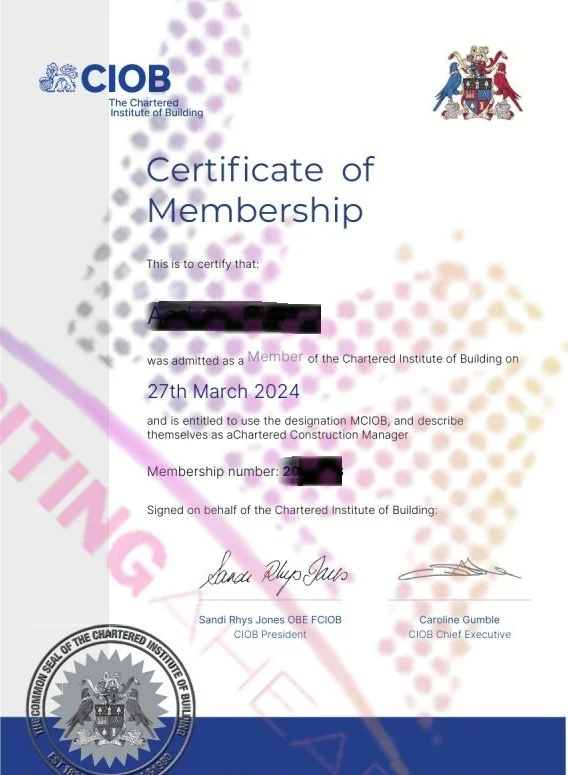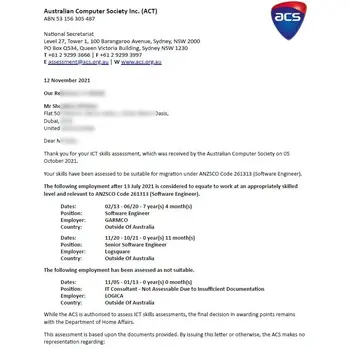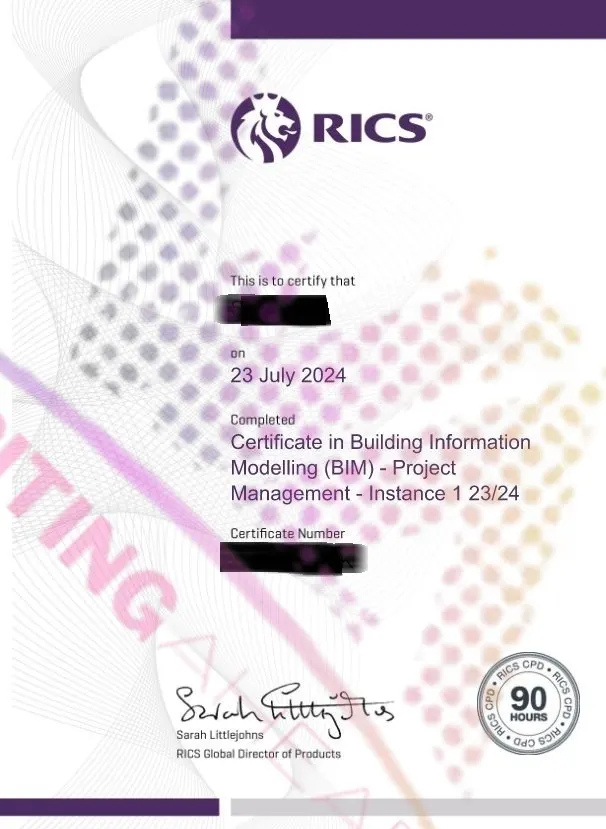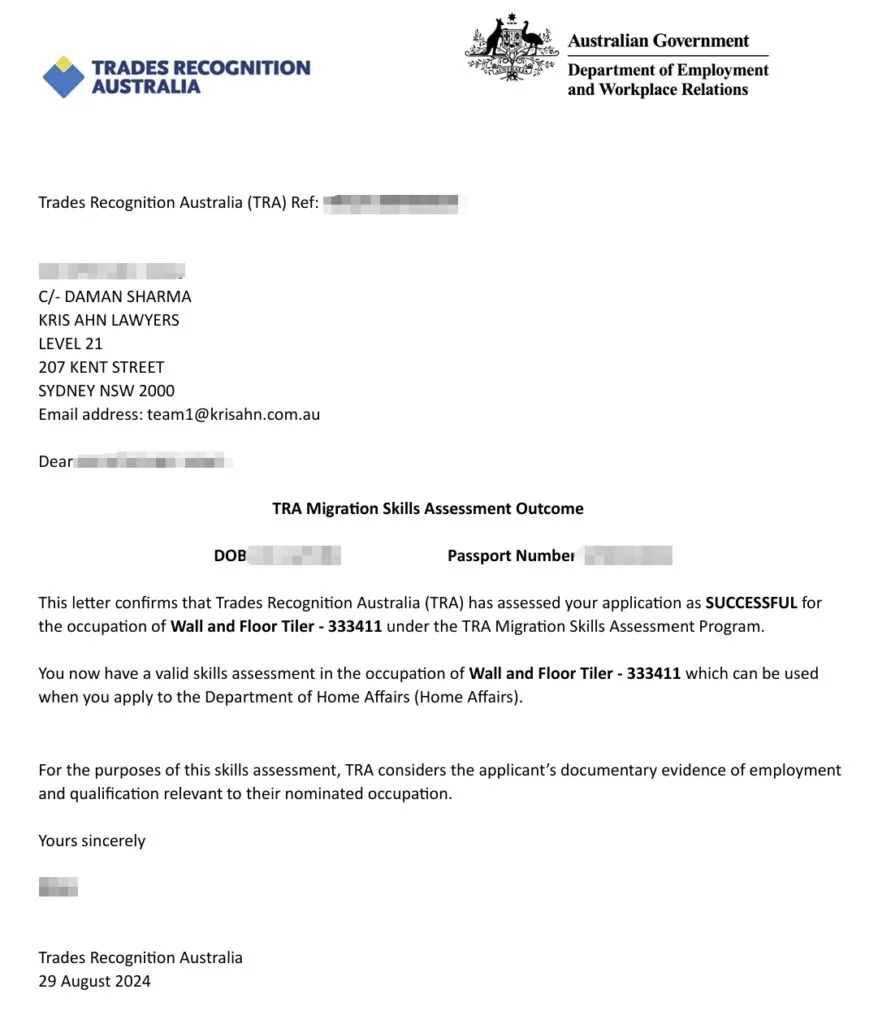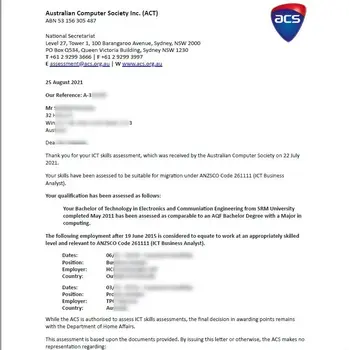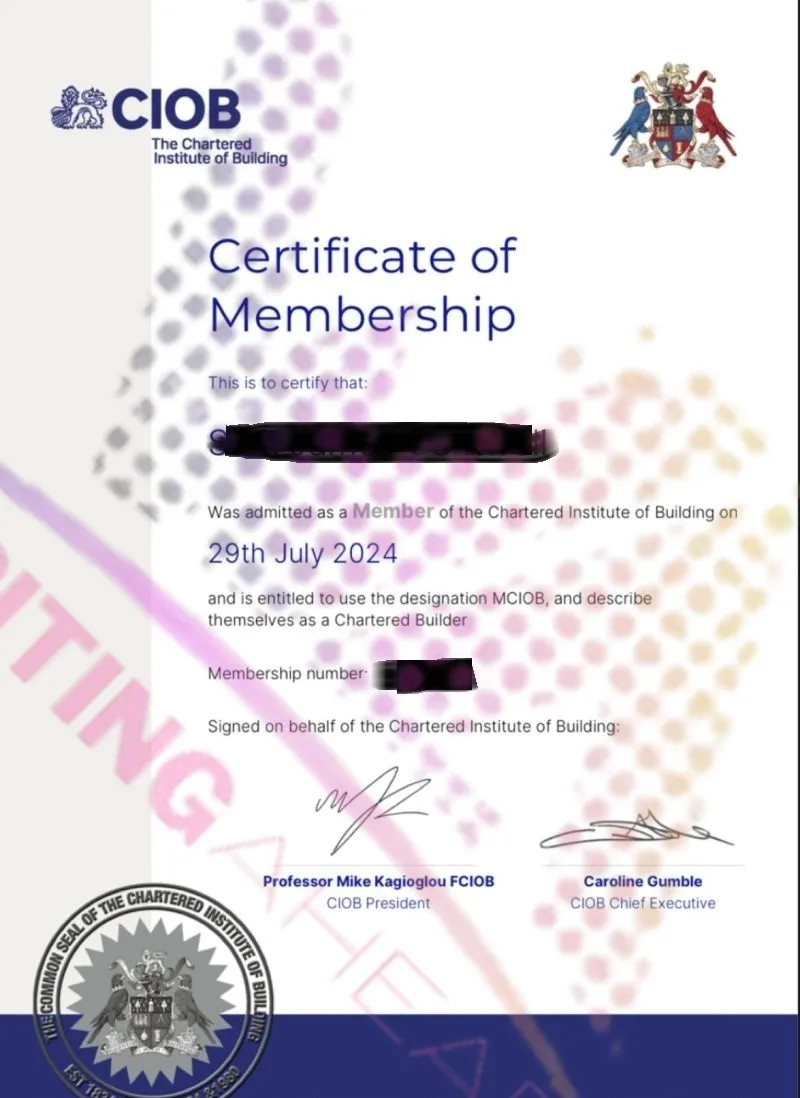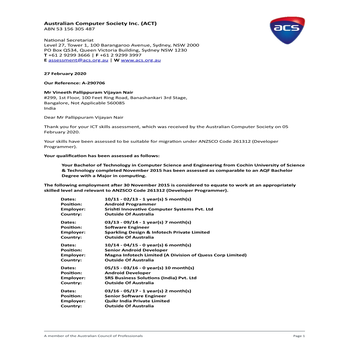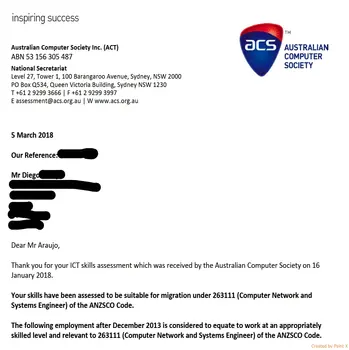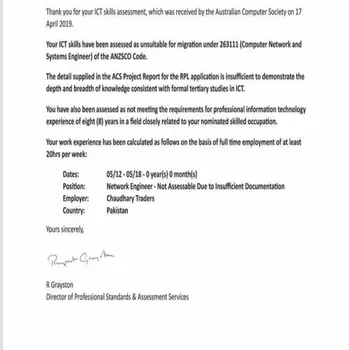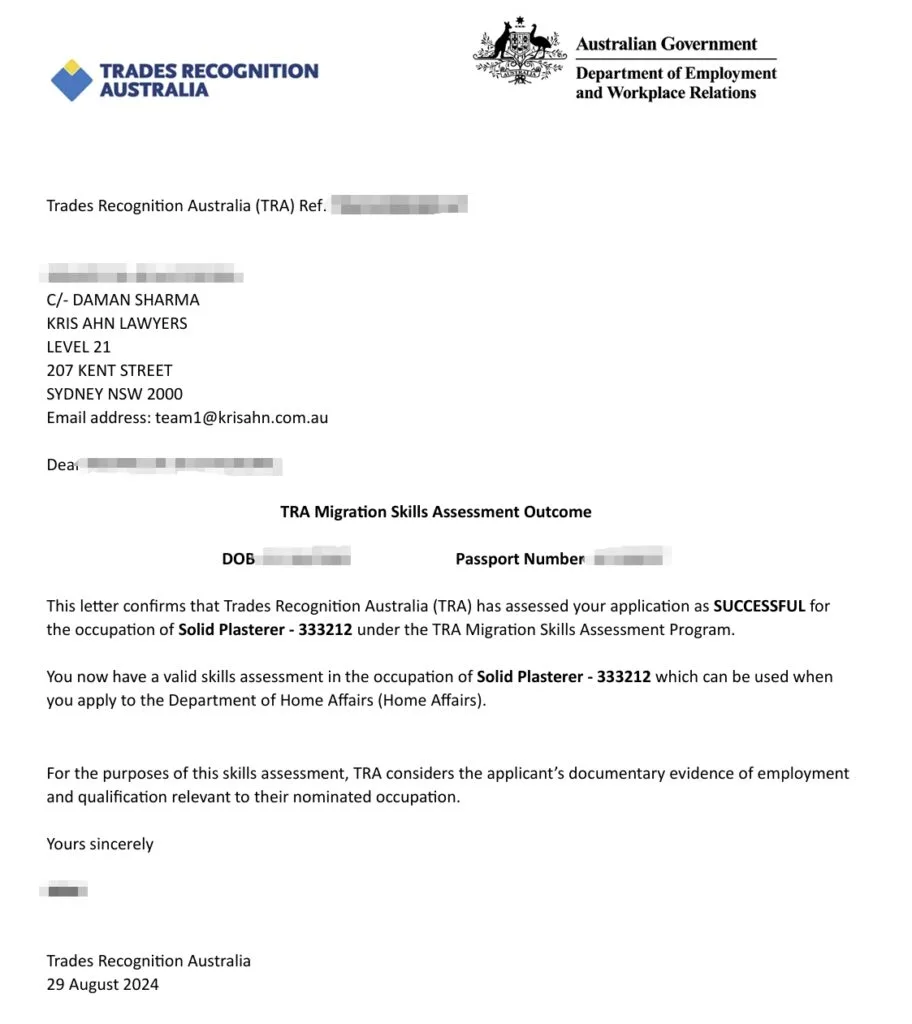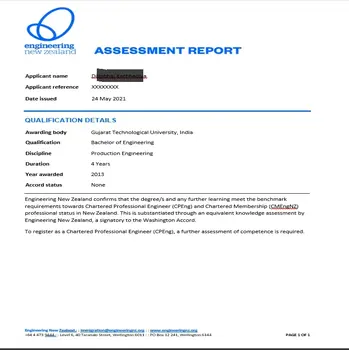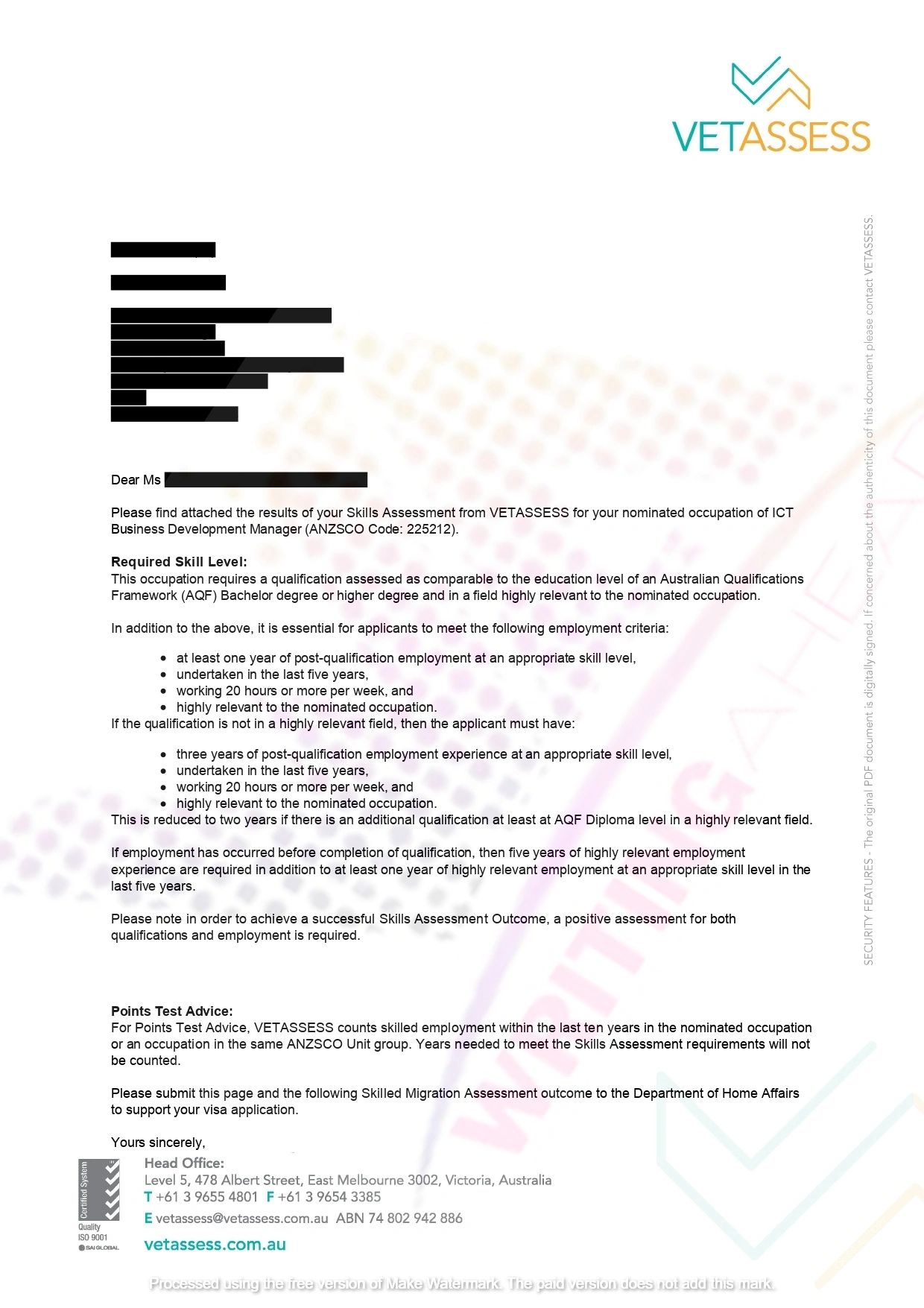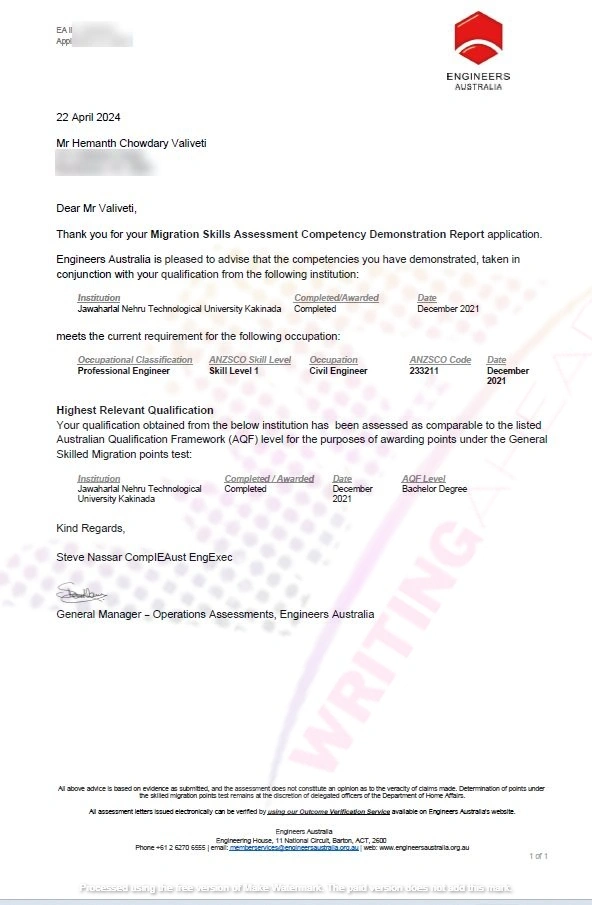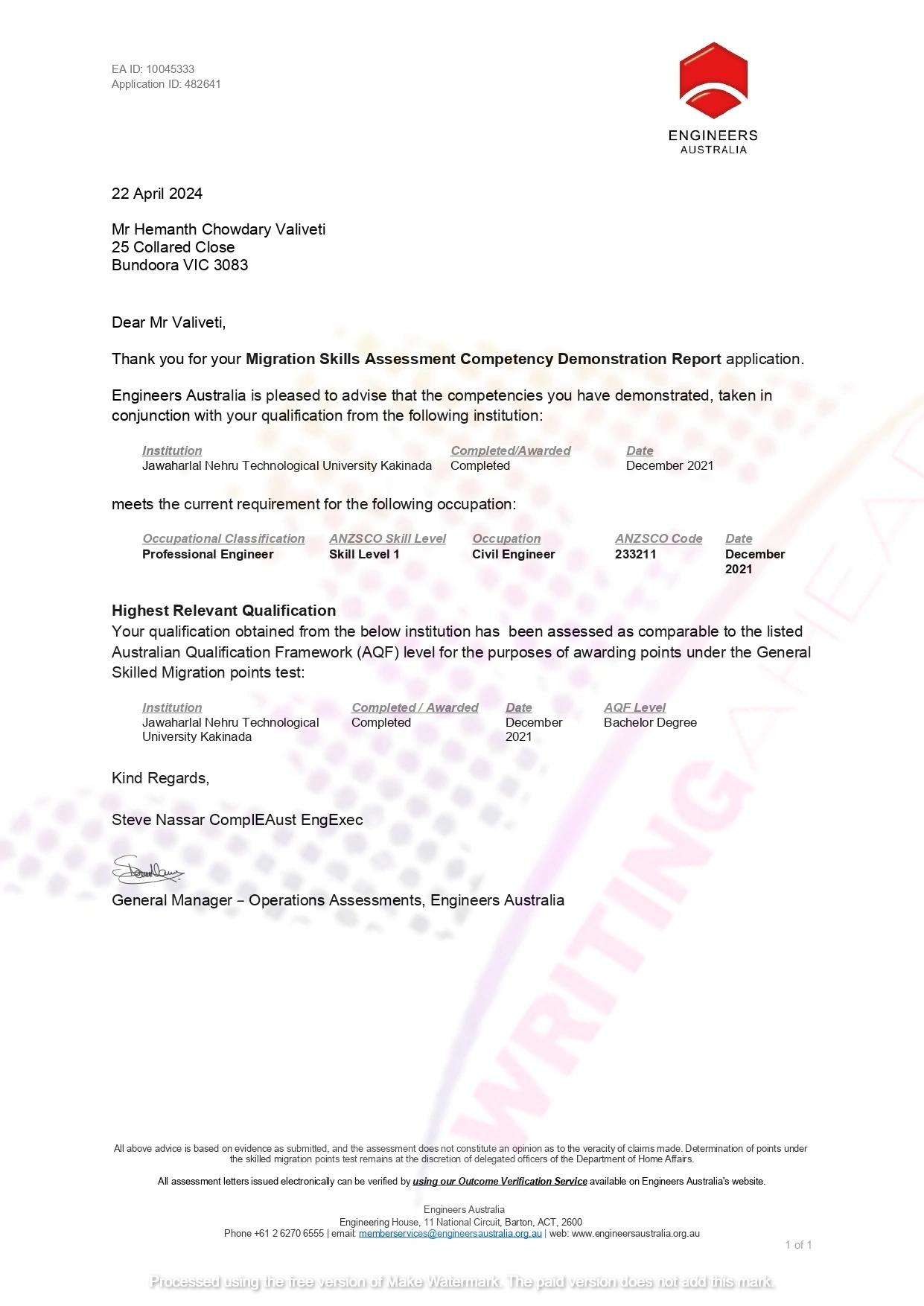What is an APEGS Competency Assessment?
APEGS Competency Report is an essential part of the application procedure of those willing to be licensed as engineers or geoscientists in Saskatchewan, Canada. Under the management of the Association of Professional Engineers and Geoscientists of Saskatchewan (APEGS), this report enables the candidate to prove that he or she possesses skills, knowledge, and experience required to work in his or her profession safely and competently.
Saskatchewan seeks to apply to professional licensure? APEGS Competency Assessment is an important activity in the process of becoming licensed Professional Engineer (P.Eng). WritingAhead is the company that specializes in assisting international engineers prepare high-quality and 100% compliant competency reports that satisfy all the requirements of APEGS. Be it civil, mechanical, electrical or environmental engineering, our professional writers will see to it that your application is exhibiting technical competency, moral judgement and professional responsibility which are some of the criteria that are evaluated during the acceptance.
Important of APEGS Competency Report and Who Needs It?
The Competency Report is set to make the applicants meet the professional standards needed in order to be licensed. It evaluates technical proficiency, technical judgment, and character of the applicant.
Who Needs APEGS Competency Assessment?
- International engineering graduates
- Experienced engineers relocating to Saskatchewan
- Applicants without Canadian accreditation
How We Help You Pass APEGS Competency Review
| Personalized Consultation |
We start with a knowledge of your academic experience, experience in the engineering field, and career aspirations. |
| Detailed Work Experience Mapping |
Our specialists will Assist you in choosing the appropriate work projects, Outline your responsibilities in details and demonstrate your problem-solving, technical design, and decision-making skills in a clear mapping to the APEGS competencies elements. |
| CPD Documentation Support |
We help to keep a record of your further training in a systematic and compliant way, including topical courses, seminars and workshops. |
| Ethics and Professional Practice Guidance |
You can use our service to explain your knowledge of engineering ethics, Canadian safety standards, and professional responsibility. |
| Plagiarism-Free, Original Content |
Each report is a unique writing because it is written only on your actual experience and there are no reused templates. |
Why Choose WritingAhead for APEGS Competency Review Help
APEGS Competency Review is your route to professional engineering career in Canada. By opting to use professional assistance of WritingAhead, you receive:
- Precise competency mapping
- Well-structured, original work experience reports
- Expert interview preparation
- Transparent Pricing
- 100% Original Content/No AI
- 100% Guaranteed Approval
Before you submit, learn the common mistakes that cause rejection — from lack of specificity to weak examples. Our step-by-step guide helps you avoid the top errors that delay your P.Eng / P.Geo licensing. Read: Is Your APEGS Work Experience Report Ready for Submission?
Avoid APEGS Assessment Mistakes By APEGS Experts
APEGS Competency Report may have serious ramifications on the evaluation that would be used to determine the validity of your application in getting the license to work as an engineer or a geoscientist in Saskatchewan. The following are some of the frequent errors along with the way in which it may impact your assessment:
Poor Evidence of Competencies
- Consequences: One of the gravest errors is the inability to display the sufficient number of necessary competencies. In case your examples have not been clear, not conversant, or unrevealed on how you have achieved the competency, evaluators have the opportunity to conclude that you have failed to attain the markers. This might result in a refusal or a demand of more information.
- Not Uncommon Error: Making generic statements of the duties performed with no further particulars about your part in it, what you did, and what results were accomplished.
Inability to Use Particular Examples
- Impact: The evaluation depends on definite examples which show your experience and competence. When you do not refer to any practical, specific examples, a negative evaluation is given as you will seem to be inexperienced in certain critical points.
- Common Mistake: Describing what the team did as a whole instead of what you as an individual did which can be confusing of how you were able to contribute to the competency.
Not in Competency Adherence Indicators
- Impact: There are indicators on each competency that helps assessors to know what to observe. In case you do not answer in accordance with such indicators, then your report might not show needed competencies and your assessment rate should be lower or you have to be forwarded to the additional review.
- Pitfall: Lack of understanding and adequacy regarding the particular indicators APEGS provides on each competency category.
Failure to observe Professional and Ethically Responsibilities
- Impact: It is important to show professional and ethical conduct. Your report should not skim on the level of comprehension and the implementation of the ethical standards or taking into consideration the importance of such factors as the safety of the population and the quality of the assessment may be adversely affected.
- Typical mistake: not exemplifying your ethical decision-making or not highlighting your compliance with the professional codes of conducts.
Badly formed/inconsistent writing
- Effect: Such competency statements that are badly worded and are unclear, inconsistent, and lack precision can create confusion or misunderstanding among the assessors. This might reduce the value of your report and the result can be disastrous.
- Another most common mistake would be trying to use technical terms without definition, or a report having a disorganize structure or a report with wrong spelling and grammar.
Lack of Specificity & Loose Responses
- Impact: When the responses to the evaluation questions are not comprehensive or detailed, it might be hard to measure how much experience you might have and what competencies you possess. This may end up with assessors having doubts about your preparedness to enter the professional practice.
- Mistake to Avoid: Making very short answers which do not provide an in depth reason of what you have done, what were the obstacles and what were the results.
Failure to use STAR Method
- Effect: To formulate your competency statements, it is advisable to adopt STAR (Situation, Task, Action, Result) approach. Without adherence to this structure, your examples are not going to sound clear and coherent and assessors will find it difficult to comprehend what you have to offer.
- Typical Pitfall: To be overly keen on the situation or the thing that you were doing without actually elaborating what you did and gave out as the outcome.
Ignores feedback/Guidance
- Impact: Acting disregarding the input of a mentor and/or not getting some guidance may lead to the loss of the opportunity to improve your competency statements. This may result into a reduced score of assessment or a resubmission should be requested.
- Mistake to avoid: You may submit a report before it can be read by a mentor or other colleague with more experience than you who can give you useful criticism.
Missing out on All Competencies
- Effect: Leaving out one of the competencies needed or not addressing it properly you will not have a complete report and will face a failed assessment or will receive a statement requiring a new information.
- Mistake to avoid: Putting too much emphasis on technical skills and ignoring such topics as communication, project management, or professional responsibility.
Existence of Evidence on the need to support a continuous professional development(CPD)
- Effect: CPD forms a vital element of the competency framework. Provided you do not present sufficient evidence about you continuously improving as a professional, assessors can be worried whether you are willing to ensure that you are keeping up with the changes in the field.
- Prone Error: Protection: You fail to maintain a comprehensive record or document of what you have undertaken with regard to your CPD or you have never clearly articulated how these activities have made an impact on your practice.
Top Common Challenges in the APEGS Competency Assessment
| Lack of Specificity |
Reports that give general statements, rather than concrete and detailed examples, fail to exhibit the necessary competencies, so they will be rejected. |
| Weak Example of Competencies |
Lack of an explicit relationship between your experiences and the specific competency indicators posted by APEGS may lead to the conclusion by assessors that you did not possess the standards required. |
| Excessive Team Contributions In excess |
Team Contribution Reports will tell too much of what the team did; it may not be easy to mark your personal competencies. |
| Lack of Ethical Responsibilities |
An inability to respond to ethical considerations with the necessary weight or provide illustration of ethical decision-making risks failure due to the fact that professional ethics represents a critical part of evaluation. |
| Poor Structure and Lack of Clarity |
Anything that is not well structured, not straight, whose flow is not coherent in the sense that it might not make sense, might present difficulties to the assessors to follow through therefore explaining the negative assessment. |
| Failure to Follow the STAR Method |
The failure to include the STAR method (Situation Task, Action and Result) may lead to an incoherent or incomplete performance or tuition related competency statements that are not easily interpretable by the assessor in understanding the role played by you and influences. |
| Poor Detail |
Giving incomplete answers that may not give details of what you were doing, what decisions you made and what the result of this action is. |
| Ignoring APEGS Guidelines |
By failing to adhere to the APEGS guidelines i.e., the format, the word limit or the content list one can also get his or her manuscript rejected outright or asked to re-submit. |
| Failure to have continued professional development (CPD) |
Including not showing any on going professional development or even providing no evidence of CPD would lead to a poor judgment, since this will mean that you are not committed to continuing to develop yourself professionally. |
| Unprofessional Presentation |
This might make a bad impression and people will start to question your interest to detail and professionalism because a report that has spelling mistakes, poor grammatic or it is inconsistently formatted creates a negative impression. |
It is noted that application is rejected in these common ways. This knowledge may help you create a much better APEGS Competency Report. Specialize in using detailed concrete instances, and be competent and professional in your submittal. Being able to succeed also depends upon acting in accordance with the rules of APEGS and, more importantly, showing professional ethics and finishing development as a professional.
Our experts ensure your report avoids all these mistakes. Make your Engineering Dreams a Reality at APEGS CBA Report Help 📞 Get a free review
APEGS Review Forms You Must Know Before Applying for Certification
The APEGS has several different types of review documents which are used to review different details of an applicant#s qualification and experience. The forms appear in the process of license application where applicants have qualified in the standards required to practice in engineering and geoscience profession. The key types of APEGS review forms are the following:
🔒 Competency Assessment Form
- Purpose: The form is utilized as part of the Competency-Based Assessment (CBA) process by the applicant to report about their work experience in respect of particular competencies demanded by APEGS. The structure implements the Competency Framework, which has such categories as technical competence, project management, communication, ethics, and professional development.
- Usage: Work experience should be described in great details by the applicants, with emphasis on how each competency has been fulfilled. Assessors assessors then analyze this form and then decide whether the candidate has met the professional standards of licensure.
🔒 Academic Assessment Form
- Target audience: The target audience will be the applicants whose academic qualifications should be assessed because they received their education outside of Canada or in a non-accredited degree program in Canada. It determines whether the educational background of the applicant is fit to match the academic requirement of APEGS.
- Usages: The applicants are required to provide detailed data regarding their academic programs such as syllabus, transcripts, and course description. The scholarly evaluation can imply taking of extra tests or classes to achieve the standard.
🔒 Experience Reporting Form
- Purpose: This form is applicable in the Traditional Experience Review process. It enables the applicants to record their work experience within a given duration of time, writing of their roles, duties and the type of work they did.
- Usage: Interns fill this form every now and then (usually yearly) to document their continued work experience. This is what is usually needed among individuals using the traditional route in becoming licensed, as opposed to the competency-based route.
🔒 Supervisor/Verifier Review Form
- Purpose: This form is applicable both in Competency-Based and Traditional form of Experience Review and the purpose of this form is to enable the supervisor or the verifiers to comment and validate the experience and competencies of the applicant.
- Use: Supervisors or verifiers have to go through the submission of the applicant and make sure that the applicant has been verified so that they give comments and/or certifications. This form is essential in the validation that the experience reported by the applicant is accepted and fulfills the professional standards.
🔒 Continued Professional Development (CPD) Log Form
- Purpose: This form is provided to be able to keep tract and report the current activities that are being done in terms of the continuing professional developments that have been done by the licensed professionals. It makes sure that the members are keeping their knowledge and skills as a professional up and up all through their careers.
- Use: The form is used to record the CPD activity by members which is CPD-accredited courses, workshops, seminars, and self-study. CPD log is checked regularly by APEGS to gauge that the requirements are met.
🔒 Academic Credential Verification Form
- Purpose: This is the form that proves whether the currently accessed academic credentials are forged or not by the applicant. It makes sure that the educational credentials produced by the applicant are valid and those that match what is needed to become a license holder.
- Application: this form is filed together with official transcripts and other academic records by way of application. The form is normally filled in the issuing institution and returned to APEGS.
🔒 National Professional Practice Exam (NPPE) Application Form
- Purpose: This application is to take the National Professional Practice Exam (NPPE) which is a requirement in order to get a license. The NPPE examines the applicant in ethics, law and professional practice.
- Usage: This form is filled in by the applicants who register to take the exam and give information about the preferred date and place of the exam. Licensure Before the licensure, NPPE should be passed.
The review forms mentioned with regard to APEGS are the key parts of the licensure process, as each has its own purpose of evaluating the academic qualifications, professional experience, and further professional growth of an applicant. These forms are very important and one should get acquainted with them and properly fill them correctly in a bid to receive a license to practice as an engineer or geoscientist in the country of Saskatchewan.
APEGS vs. Other Canadian Licensing Bodies
| Province | Report Type | Time to Assess | CPD Required? |
|---|
| Saskatchewan (APEGS) | CBA | 8-12 weeks | Yes |
| Ontario (PEO) | Work Experience Record | 6-10 weeks | No |
| BC (EGBC) | Experience Record | 10-14 weeks | Yes |
5-Step APEGS CBA Process by WritingAhead
- Consultation: We talk about your experience and your role and P.Eng / P.Geo pathway.
- Competency Mapping: We match your projects to APEGS competency framework.
- Drafting: Our writers produce your CBA examples in the STAR method.
- Validator Support: Get your referees to confirm your experience.
- Final Delivery: You receive a PDF + Word document to be submitted to APEGS.
Have trouble expressing your experience? WritingAhead can provide you with skilled professional writers and editors who will be able to create some clear, concise, compelling and appropriate report to present your engineering competencies.🎯
APEGS Competency Reports Writing tips By Experts
There are writing instructions one must adhere to in order to make his or her documentation clear, professional and compatible with the requirements of the APEGS. No matter what it is that you are filling in be it a Competency Assessment Form, an Experience Reporting Form or whatever it may be, following these guidelines will make your final submission better and the review will stand a better chance of being successful.
Learn the Competency Framework
- Get acquainted with the APEGS Competency Framework: Get to know the APEGS Competency Framework well before you start to writing. This framework provides the list of specific competencies that you have to demonstrate that include technical, communication, project management skills, ethics, and the continued professional development (CPD).
- Make your Content Aligned: Make your examples and description related to APEGS competencies. Make it plain how your experience relates to these competencies.
The STAR Method should be used.
- Situation: out the situation or background of the project or task in which you were engaged.
- Task: Describe your particular role and responsibility in the case.
- Action: Describe what you did in handling the task or solving the problem.
- Result: State the consequences or the outcomes of what you did along with the influence of your work.
- What is the point of using STAR?: The structure of STAR is simple and clear, and therefore assessors have a better grasp of your contributions and thus determine your competency.
Get Specific, get Penetrating
- Avoid General Statements: Generic statements of that task that you are working on are not acceptable. Give certain examples which clearly explain your skills, decision making and what your outcomes were.
- Add Measurable Outcomes: Whenever you can, quantify your successes (e.g. cut the project costs by 15 percent or completed the project 2 weeks earlier than scheduled).
Concentrate on Your Performance and Outputs
- Individual efforts: The focal point that APEGS is interested in is of individual effort though teamwork is desirable. Make sure that you clearly mention what has been performed, the reason behind this performance and the nature of the impacts that this had created to the project or task at hand.
- You might as well write it in the active voice to glory in it (e.g. The leader of the design process was me rather than The design process was led).
Insist On Professional and Ethical Responsibility
- Ethics and Accountability: Give examples indicating how you appreciate professional ethics and believe in being accountable. Point out any circumstance in which you were required to make ethics-related choices or had to accept the consequences of your work.
- Social and Environmental Conciderations: Describe your thought processes in regards to social, economic and environmental consequences of the work. APEGS attaches significance to sustainable and socially-responsible actions.
Write Focused and Concentrated
- A clarity: It should not suggest a language that is very sophisticated or use terminologies that may be hard to comprehend by the assessors. You are expected to write generally and neatly.
- Brevity: Do not exceed word well specified by APEGS. Make your output brief and emphasize on the most important information that proves your competency.
Edit and Proofread
- Grammar and spelling: Ensure that you do not miss out spelling, grammar and punctuation mistakes on your piece of work. A report is one of the examples of expressing professionalism because it is carefully edited.
- Consistency: Be consistent with your terms and formatting as well as writing style.
Apply Professional Formatting
- Headlines and Sub Headlines: You will have to use headings and sub headings to make your content easy to read.
- Bullet points and Lists: When necessary to do so (when you are giving a list of responsibilities or actions to perform), use bullet points or numbered lists to organize information.
- Fonts and spacing: Have the use of consistent fonts throughout the document as well as giving it an appropriate amount of spacing between sections so as to make it readable.
Get a Feedback Before the Submission
- Mentor Review: When you are reviewed by the mentor or a licensed professional you are able to get constructive criticism on your report of competency.
- Peer Review: A second opinion can be given by a peer or a colleague, who will give a different perspective and also identify all the inconsistencies that you may have failed to spot.
APEGS Guidelines
- Follow Instructions: Properly follow any special instructions that may appear in the APEGS that may involve the formatting, content and submission procedures.
- Deadline: Pay attention to the deadlines, and make sure that all necessary papers are handed in time.
Why Candidate of Engineers Trust WritingAhead
- 100+ APEGS Reports Successfully Delivered
- 99% First-Time Approval Rate
- 100% Plagiarism-Free & CPD-Aligned
- Experts with APEGS & Canadian Engineering Experience
- Fast Turnaround (7, 14, 21 and 30 Days)
- Free Competency Mapping Guidance
WritingAhead comprehend the importance of your APEGS Competency Report and how it would be crucial in your becoming professionally licensed. Our role is to simplify the process and to help you with putting the best report possible. We will take you through the whole process, transforming your experience into a powerful story and emphasizing your abilities, work profession and preparation to obtain a license. Rely on WritingAhead to make you succeed.
Here we go! We will help you make your way to becoming a professional engineer in Canada easy and successful. It is the beginning of your engineering life!🛠
Is APEGS report writing legal in Canada?
Yes its legal to hire a professional APEGS writer. WritingAhead assist you in documenting your actual experience in a standard, APEGS compliant manner.
Can I prepare the APEGS Competency Review myself?
Yes, but there is the chance of rejection in the case of lack of expert knowledge of APEGS guidelines. However, prepare it in advance - it is time consuming, exhaustive, and requires a good knowledge of what APEGS evaluators are seeking. In case you are good at writing, and you have proper records of the project, then prepare it on your own. However, when you need to increase your chances of being approved the first time, it must be worth hiring someone to assist you.
Can I use non-Canadian experience in APEGS report?
Yes, BUT you need some equivalent of 12 months in Canada or wherever to be a P.Eng.
Can I use the same project to answer multiple competencies?
Yes, the same project can be used to respond to many competencies in the APEGS Competency-Based Assessment (CBA). However, each example of competency ought to concern a distinct skill or component of your position. The most important thing is that, in every example, it is clear how you were able to cover the particular competency you are writing about the problem-solving, communication, project management, or technical analysis.
How important is the ethics component in the APEGS Competency Report?
Ethics section is a very important part of the APEGS Competency Report. APEGS gives much attention to professional and ethical behavior. Examples of how you apply ethical principles in work performance and demonstrate your understanding of ethical principles are critical in the professional practice so you are obliged to provide them.
How long does it take to prepare the APEGS Competency Report?
The APEGS Competency Report can be developed in 4 to 6 weeks to be prepared as long as you do it regularly and have your validation of work history and validators in place. You can require 2 to 3 months or more counting on whether you are doing it part-time or have a tight schedule. It all depends largely on whether you have the competencies clear in your mind and whether you can explain well what you do and how responsive your validators are. To compose powerful focused examples to the expectations of the APEGS, writing down the list of tasks is not enough, writing about actual professional development is needed.
Do WritingAhead provide CPD help with APEGS?
Yes, we offer a way for you to suit up your CPD to satisfy APEGS requirements.
Can I resubmit my APEGS report if it’s rejected?
Yes, you may send in a new APEGS Competency Report should it be rejected. APEGS will be used to give in-depth comments on why a particular competency could not match the stipulated standard. This does not mean that you have to re-write the whole report to resubmit, but you get to revise and resubmit only that particular part that needs revision. However, prior to resubmission, we look dearly at the feedback and fill the gaps in response to the feedback and reinforce the examples. This could either be by elaborating on the information, making it role specific or matching with the definitions of competency. In case you know nothing on how to fix a rejected report, you can turn to WritingAhead and make your responses redone and ensure that they are acceptable according to the APEGS standards and successfully resubmit it.
Is APEGS Competency Report making legal in Canada?
Yes, the idea of compiling and filing the APEGS Competency Report is totally legal-and, in fact, unavoidable should you want to be licensed as a geoscientist or an engineer in Saskatchewan, Canada. In the report, it indicates that you possess the right skills and experience. It is part of the formal procedure in obtaining your P.Eng. or P.Geo. license.
Can I include experience gained outside of Canada?
yes, you may submit some non Canadian work experience in your APEGS report. Well, just ensure that it is something that is applicable in your field and that has been approved by someone who oversaw what you did. In case you are applying under the engineer category, one year of the same must have been within Canada or a similar workplace environment.
Can someone help me write or review my CBA examples?
Absolutely. Such services as WritingAhead.com or RPLWritingServices.com help engineers to improve their competency examples and make them pass the APEGS criteria. It is only necessary to be sure that the end product is a representation of personal experience.
Can I complete the CBA while still gaining experience?
So yes, prepare early your examples. This facilitates the ability to remember certain tasks when it is still new. You just need to have the recommended 4 years experience behind your back at the time of making the final submission.
Do I need to submit original documents or reference letters?
No reference letters are mandatory, but validators will be emailed to log in and validate what you have made. They will go through your competencies and approve or validate your place in a particular project.
How do I handle gaps in my employment?
In case there are gaps in your job application, you may openly state them in APEGS report. Justify any lapse of unemployment, career breaks or job switch. Speak about how you either kept or developed professional skills during such periods, where necessary.
We shall collaborate so as to ensure that yours is an easy journey to becoming a professional engineer in Canada. This is your future of engineering! 💯 Approval Guarantee Contact us today.




